This post explains the Japanese expression おかげで which is a phrase to specify the cause/influence of a desired result. It’s similar to the English expression “thanks to…”
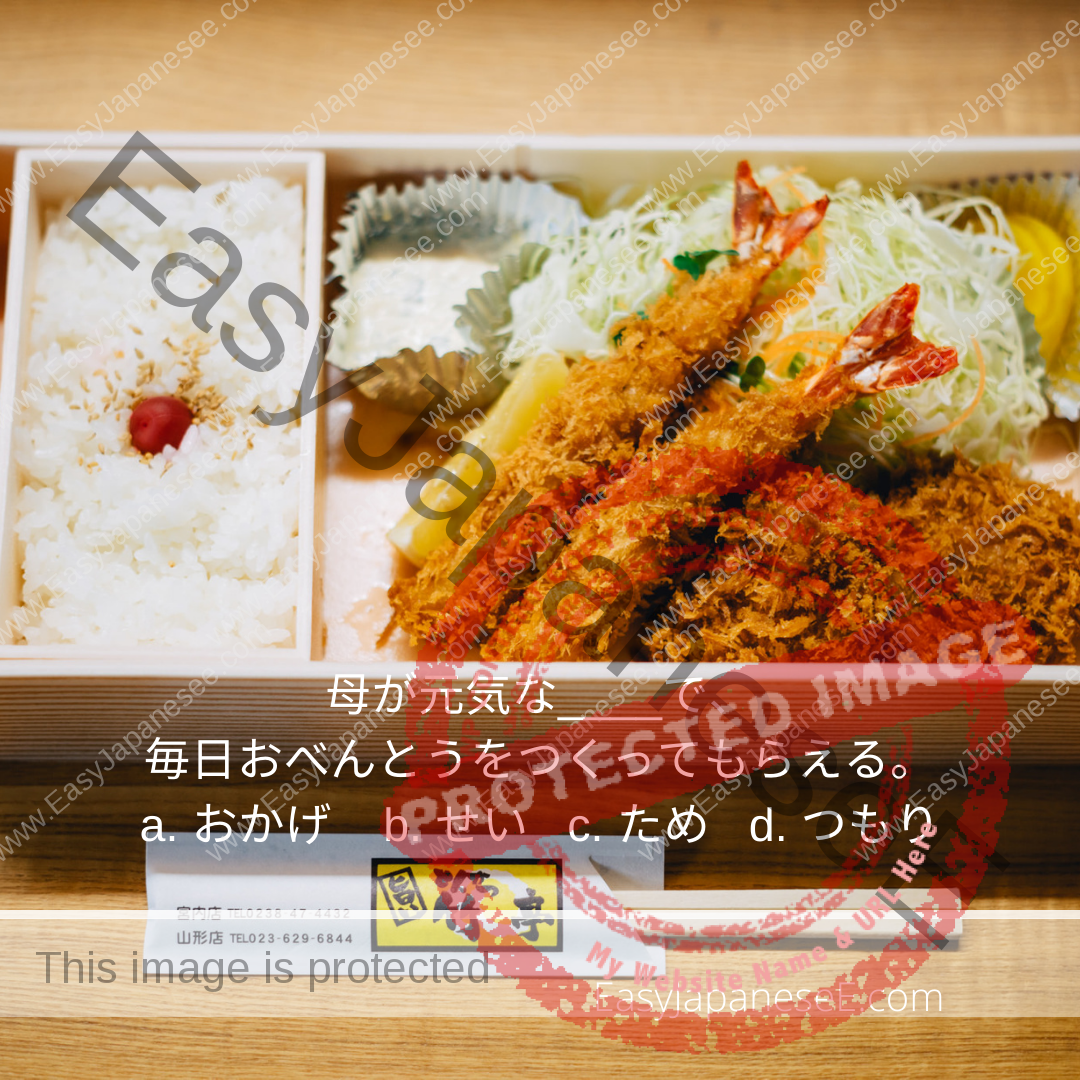

This post explains the Japanese expression おかげで which is a phrase to specify the cause/influence of a desired result. It’s similar to the English expression “thanks to…”
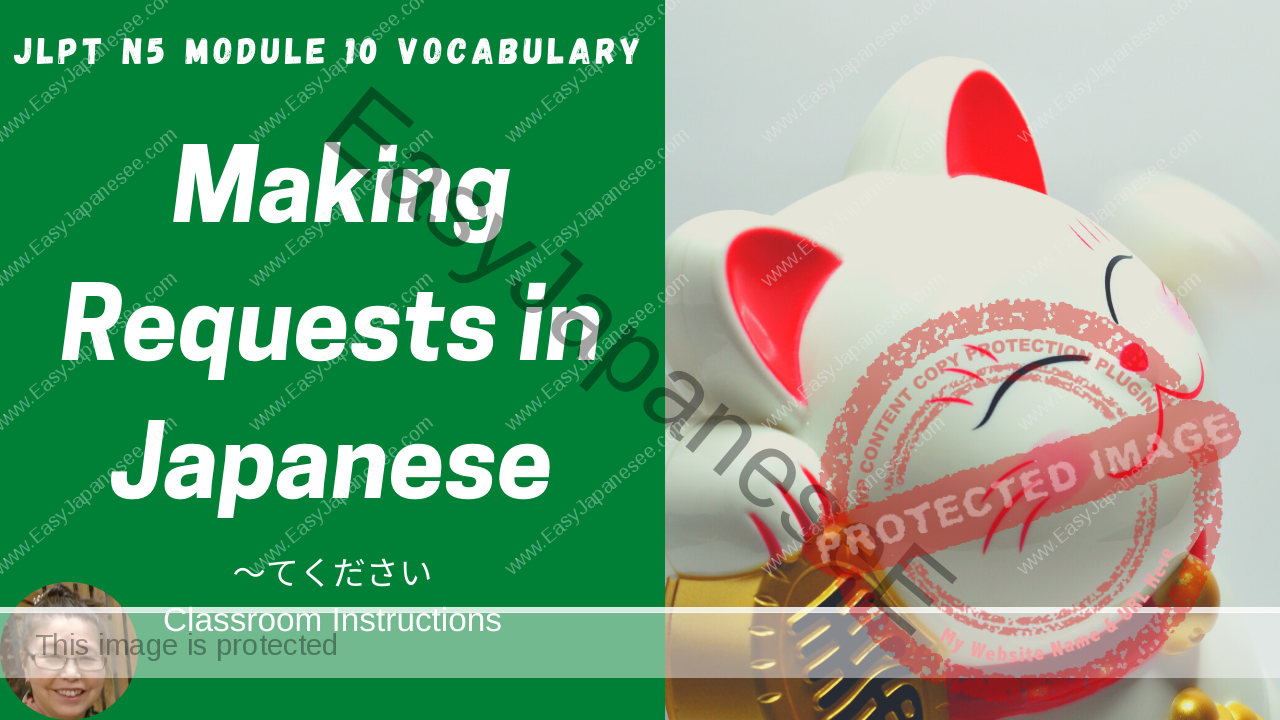
てform can be used to state a request if used with ください. Watch the video and learn the pattern. This post includes a few hints to remember.

Giving and Receiving are 2 sides of 1 action. Depending on the perspective, there are always 2 ways to describe the same action. In Japanese, when “I” am the receiver, another aspect gets added.
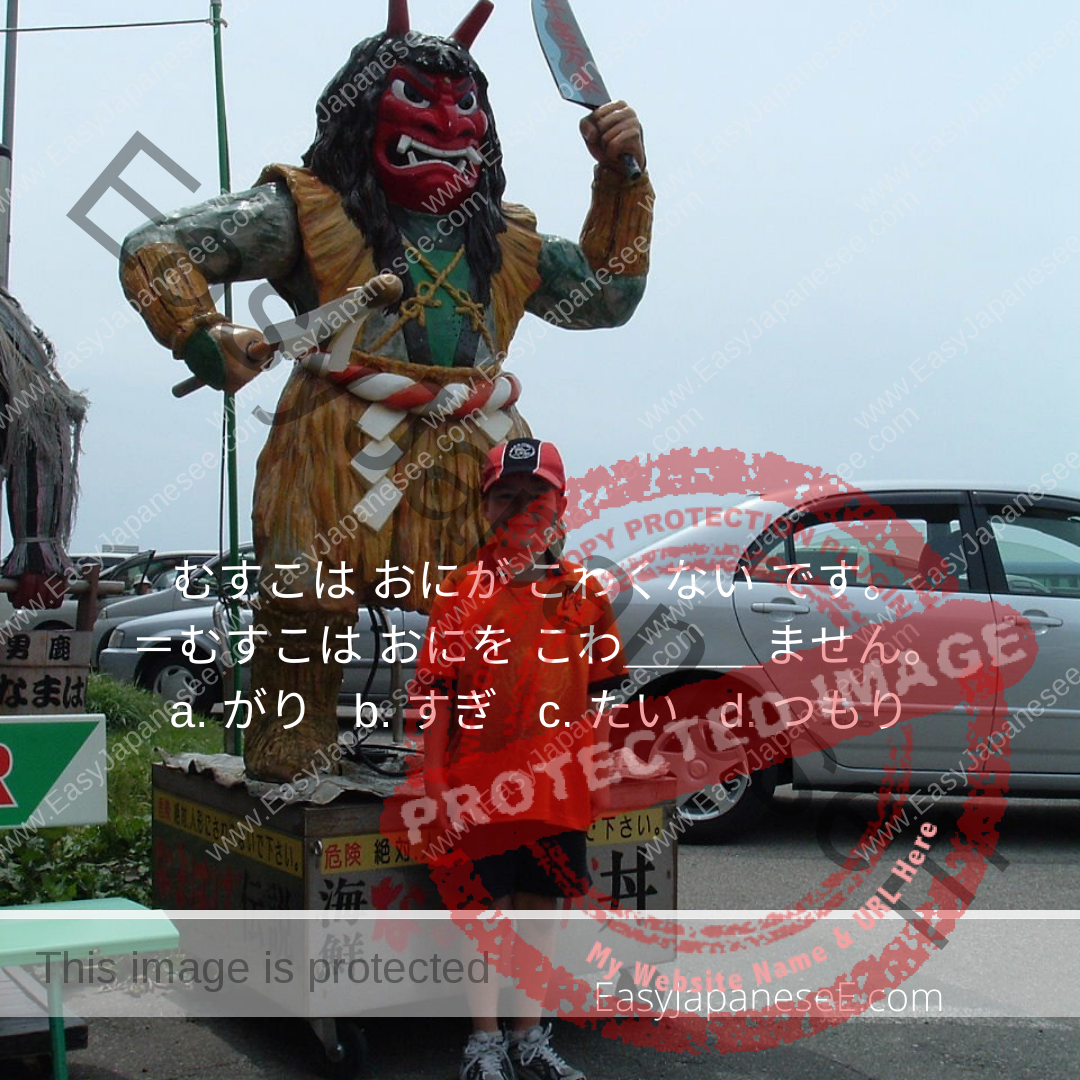
~がります is used when a person is acting out the feeling or condition described by the adjective, or pretending to be in the condition described by the adjective
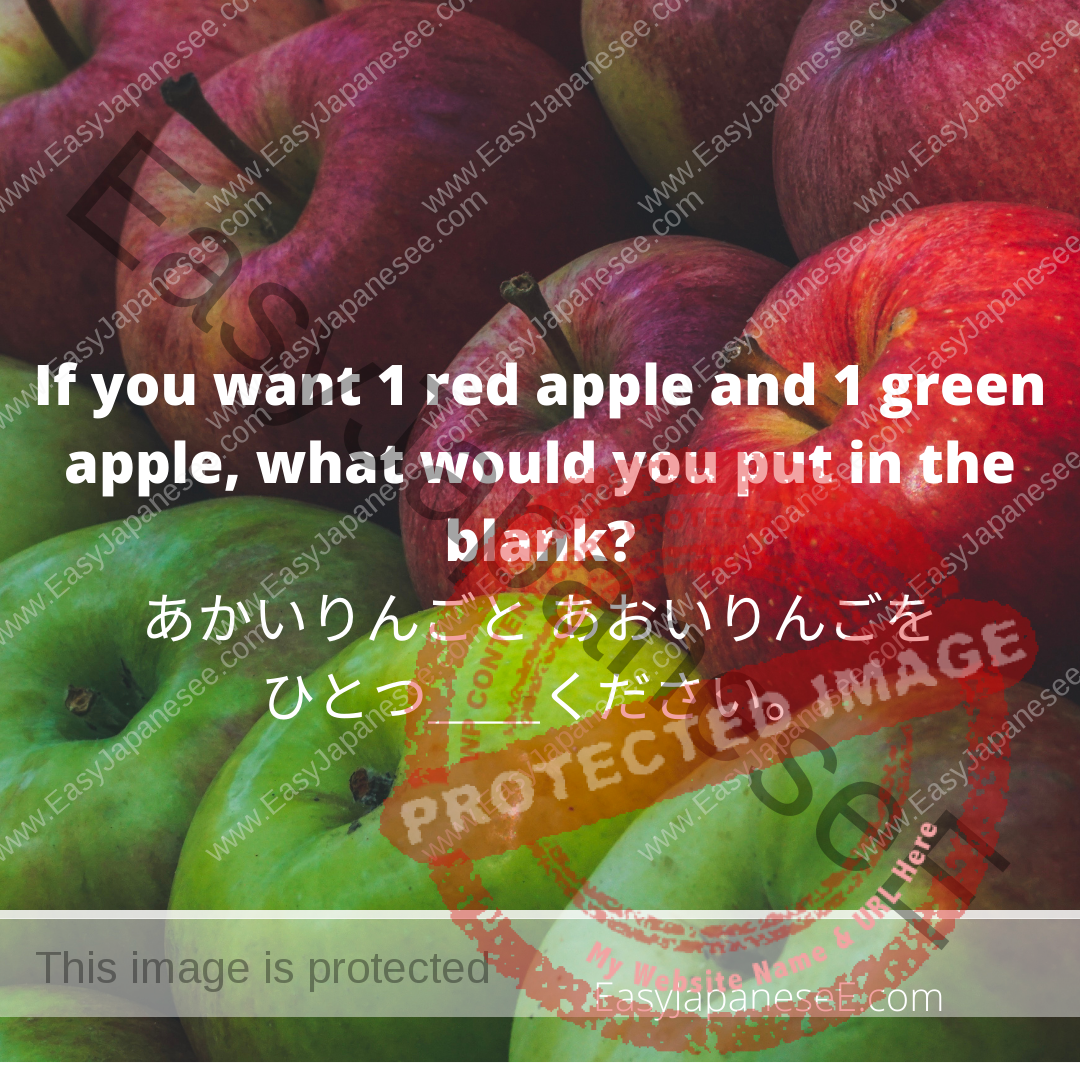
~ずつ is used with [a number + counter] and means “~ each” or “~ at a time.” Read all the examples and learn how to use it.
![[verbてform] + います](https://www.easyjapanesee.com/wp-content/uploads/2020/04/Main-Photo-2.jpg)
The pattern of [てform] + います is used to describe either an action in progress or the state/condition after an action has been completed. Read examples.
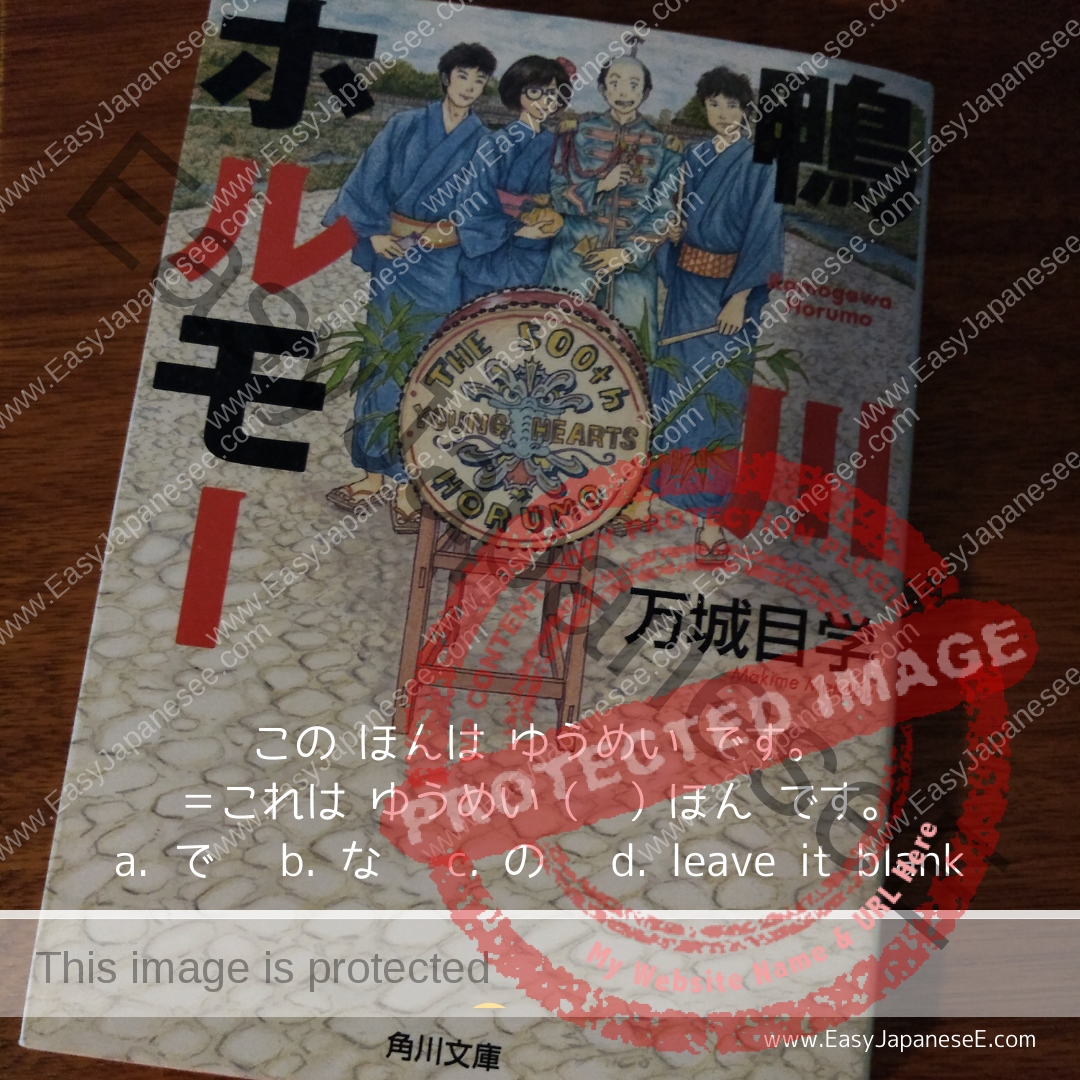
Pre-noun Adjectivals are similar to adjectives but not the same. This post contains examples of pre-noun adjectivals you need to know for the JLPT N5 exam.

This page explains how adverbs are used in Japanese. It includes a list of adverbs you should know for the JLPT N5 exam with example sentences.
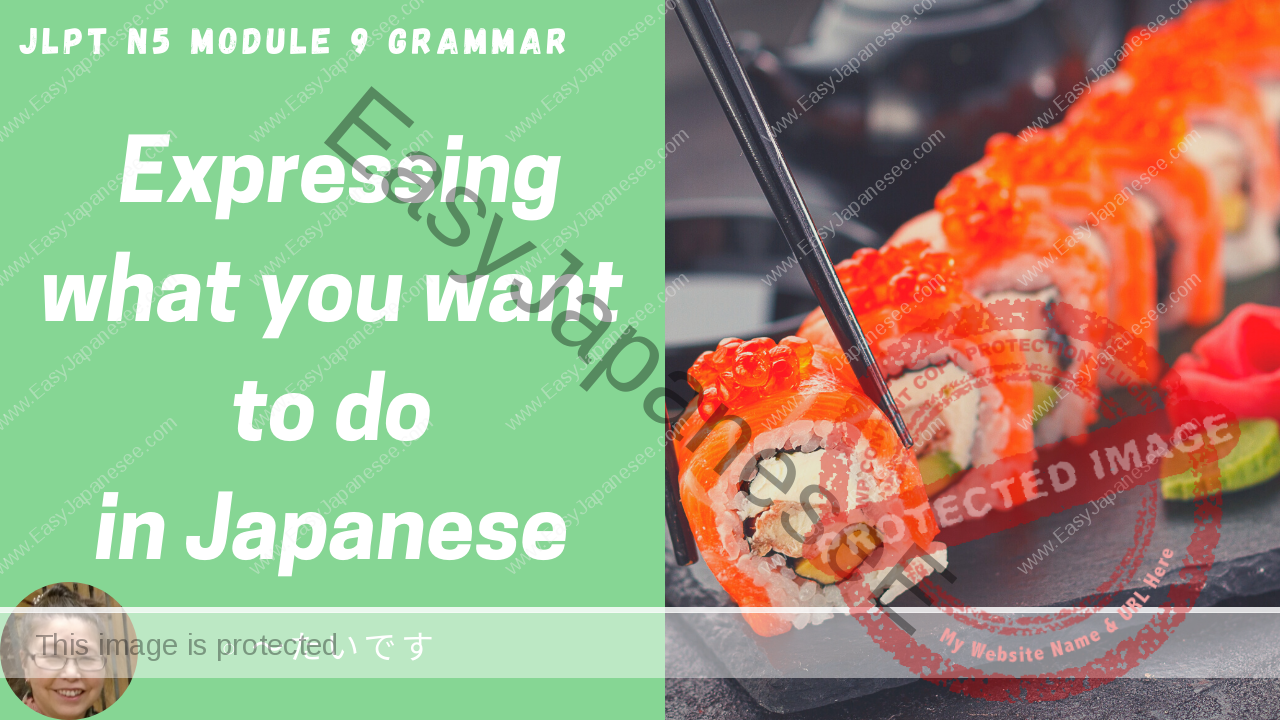
This post explains how you say what you want to do, what you don’t want to do, what you wanted to do and what you didn’t want to do.
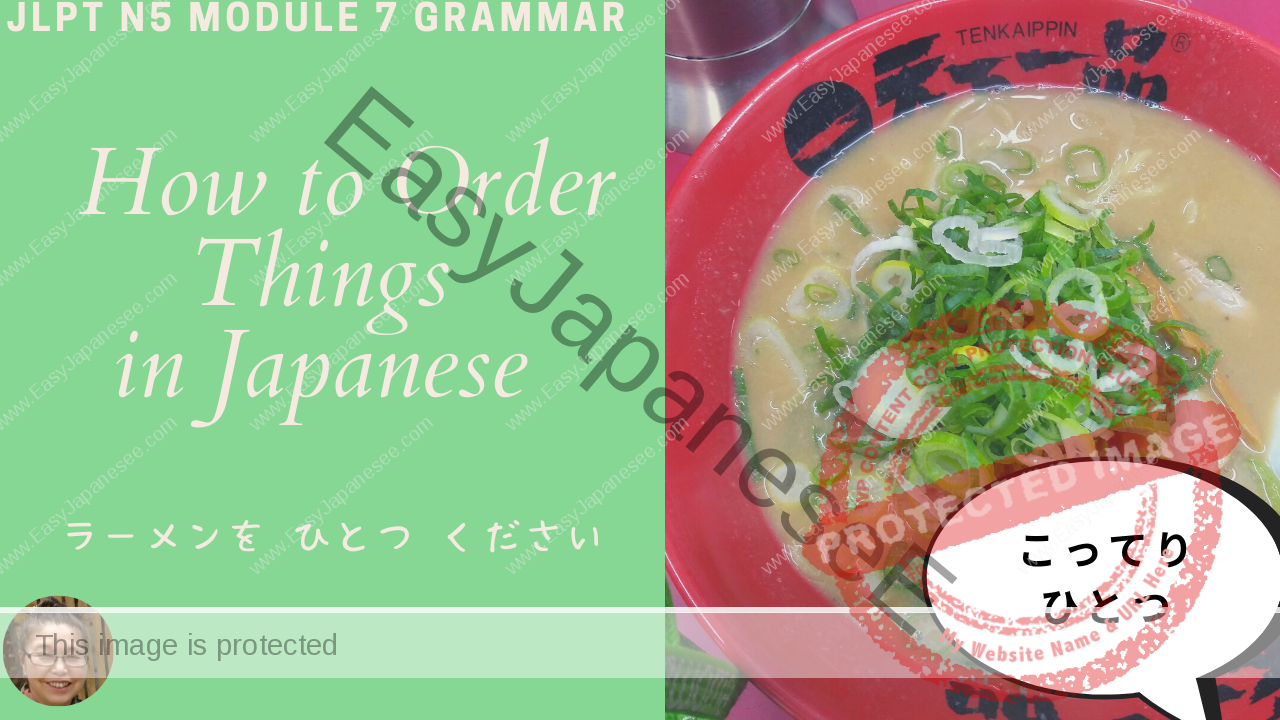
As the Japanese currency doesn’t have dollars and cents, if you are going shopping you need to be able count…

This post explains how to make an order in a shop in Japanese.
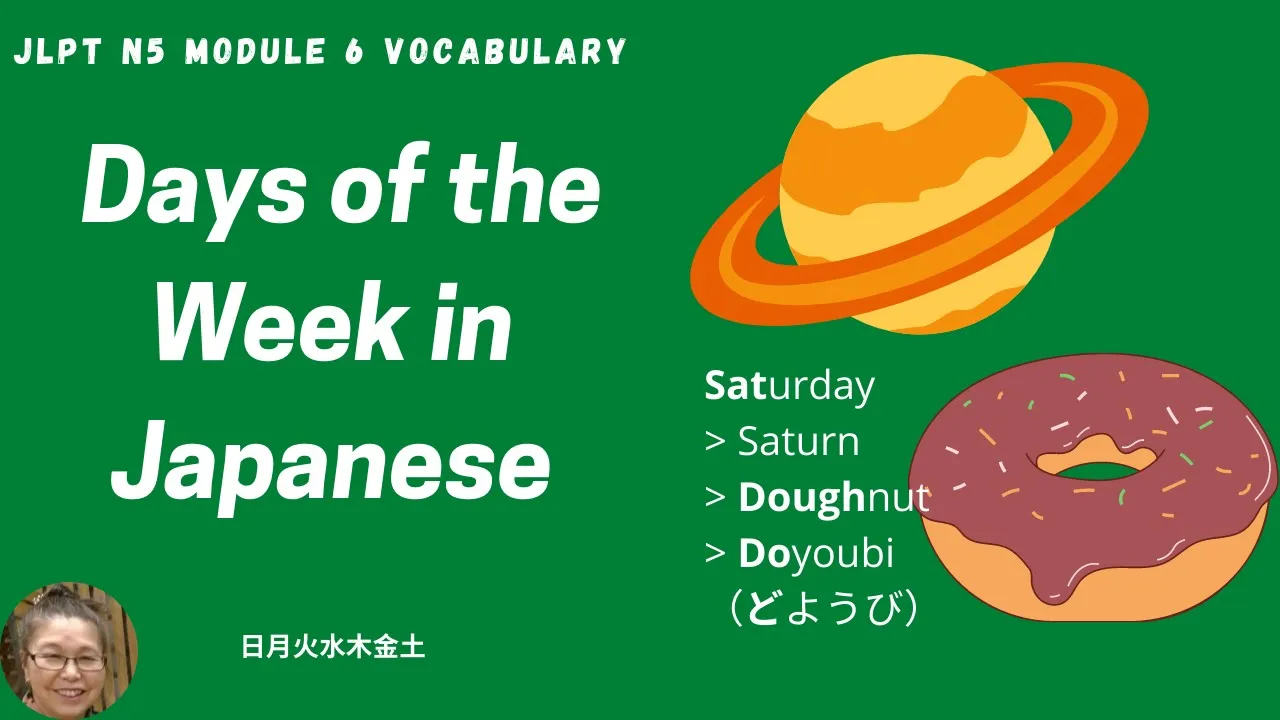
This post explains how we call days of the week in Japanese. Embedded YouTube video shows phonics to help you remember the words.

This post lists question words you need to know for the JLPT N5 exam. Read examples and check the meaning when combined with a particle.
Japanese sentences are very forgiving about the order of sentence components. The only thing we need to stick to is…
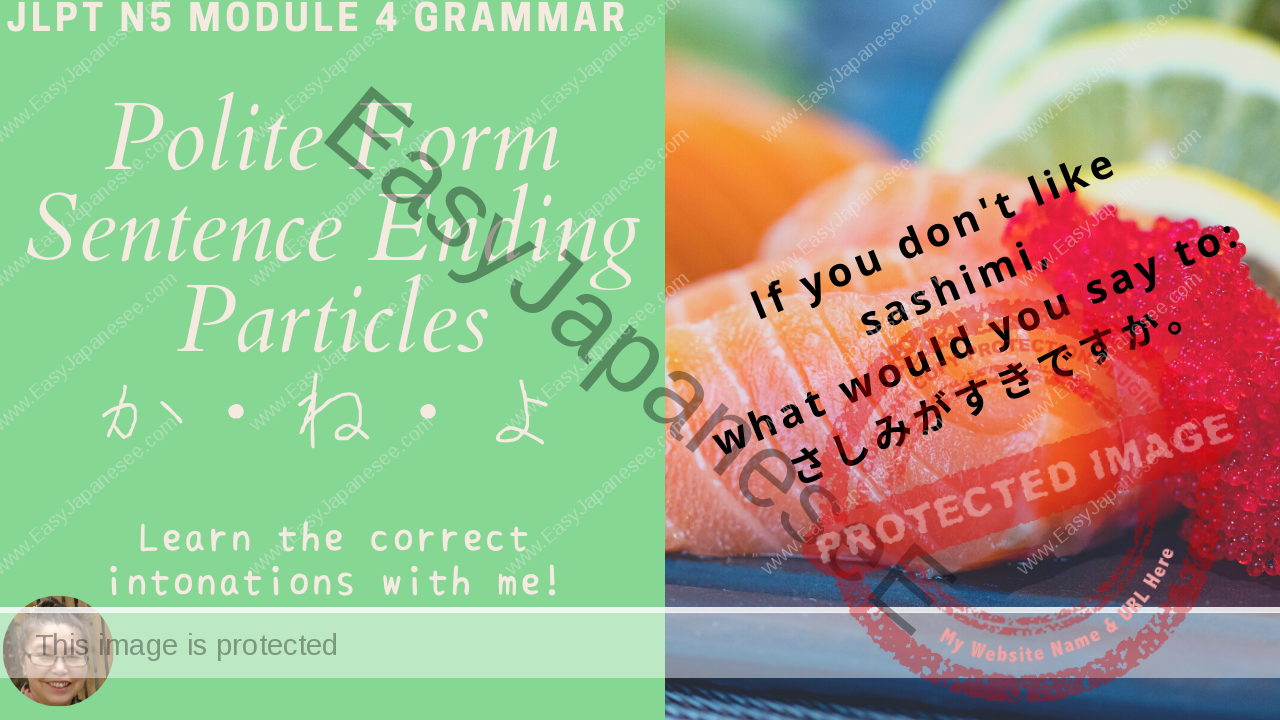
Changing a statement into a question in Japanese is easy because only thing you have to do is adding か…

You learned about ~ます、ました、ません、ませんでした endings. If you add か after those endings, the sentence becomes a question. So あさごはんasagohanをwo たべますtabemasuかka means…

You learned a number of verbs in this module. Have you noticed that all these verbs ended in ~ます? The…
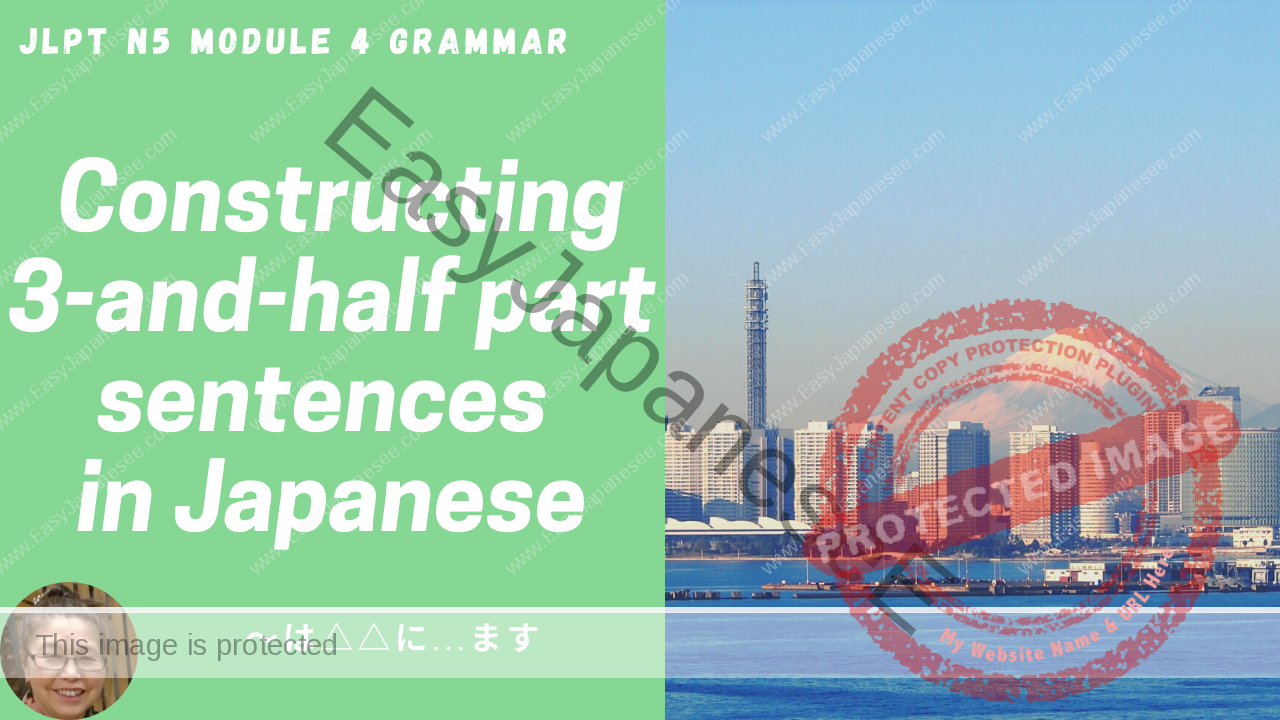
This posts explains how to use coming and going verbs like いきます and きます, etc. It takes に instead of を in front of them.
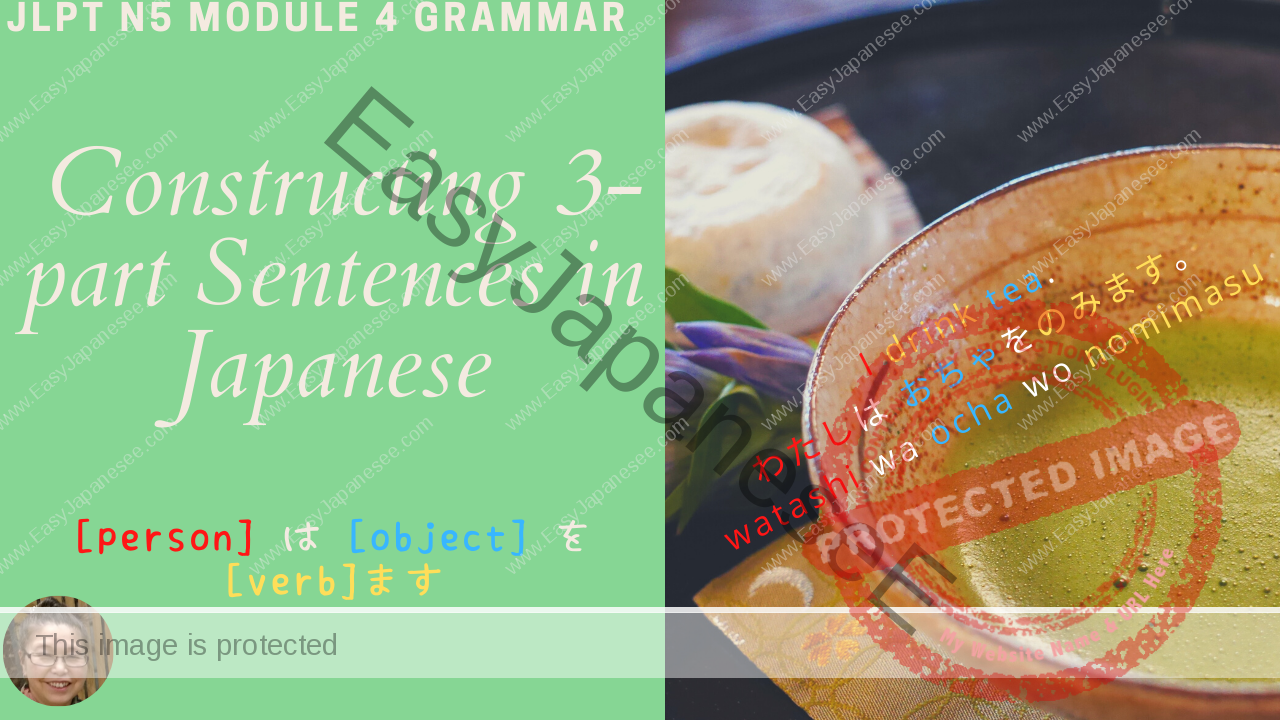
Let’s learn basic verbs and start making simple sentences. Watch this video and the following verbs all can be used…

[A]は[B]です is one of the most basic sentence, meaning [A]=[B]. This post explains how to use the pattern together with possible words you can use in this pattern
